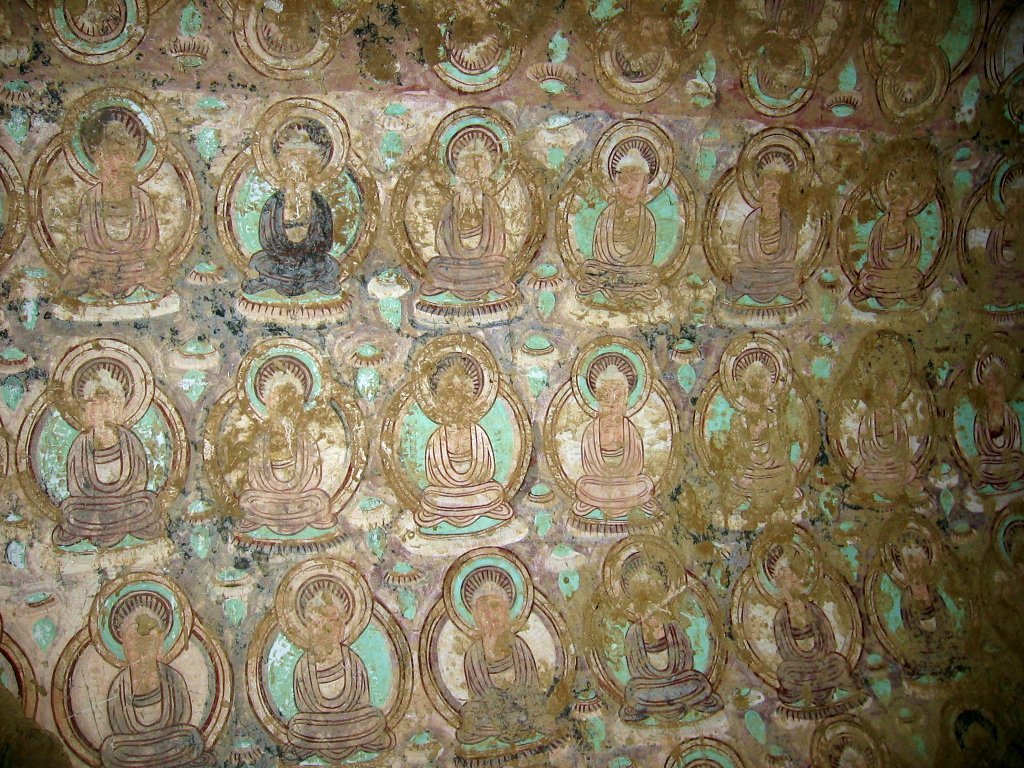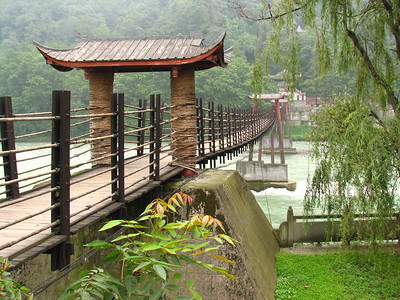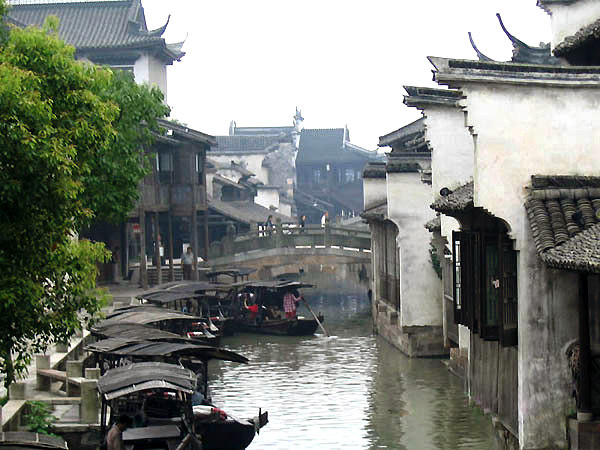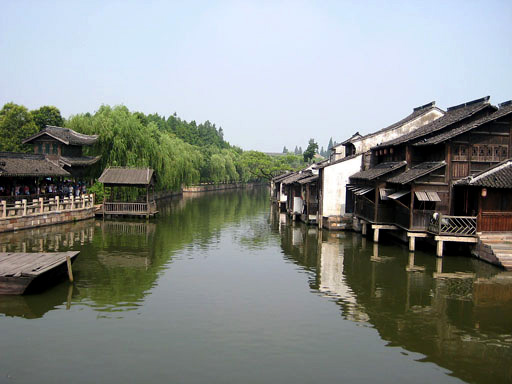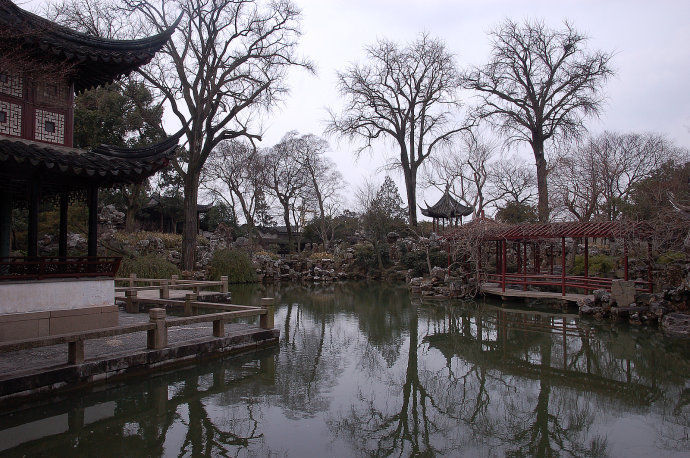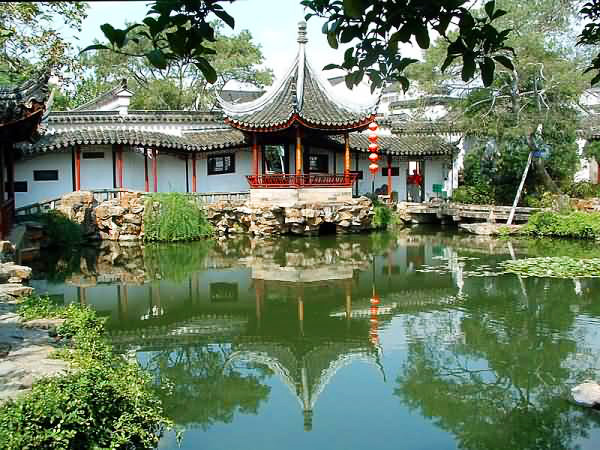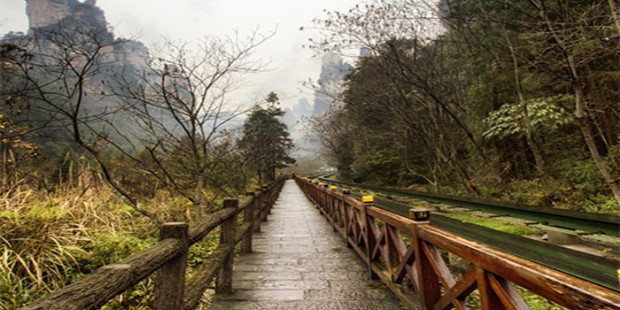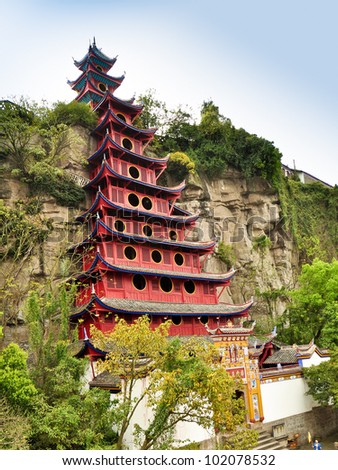The Yellow River - teh tarik! - cutting through Lanzhou City ,Gansu Province....
From the earliest times in the history of humankind, water, in the form of lakes, seas, and especially rivers, has played an essential role in the development of civilization. This is a truth universal to cultures throughout the world. And the great amount of archeological information available about ancient Chinese civilization tells us that their ways of life were greatly influenced by the Yellow and Yangtze River civilizations. The Yellow River, in particular, was essential to the development of Chinese civilization.
In Chinese history, and in the history of human civilization, the Yellow River is not simply a set of characters on a page and the name of a river. In fact, it stands for a kind of culture and civilization. Undoubtedly, the Yellow River civilization has played a very great role in the development of civilization across the globe.
For thousands of years, the Yellow River has been known as the mother river of the Chinese nation, both in the writings of the poets and scribes, and in the hearts of the Chinese people. Almost all the Chinese see themselves as the children of Yellow River. It is said that Egypt is the gift vouchsafed by the Nile. If there were no Nile, then it is hard to see how there could be an Egyptian civilization. The Yellow River has the same relationship with China. If China had no Yellow River, the Chinese wouldn't have a place to focus their spiritual energies on.
Yellow River drainage basin is the birthplace of Chinese nation and meanwhile it is the cradle of Chinese civilization. In this vast cradle, Yellow River civilization, which is the principal part of the whole Chinese civilization and plays a crucial role in the history of civilization development, grew with vitality. It had stood the test of almost all kinds of upheavals and difficulties, and finally created the continuous Chinese civilization.
From the Xia (21st-16th century BC) and Shang (16th-11th century BC) Dynasties to the Tang Dynasty (618-907), the Yellow River area was always the center of politics, economy and culture. In addition, in terms of science and technology, this area is in the leading position at all times. There are many ingredients of Yellow River civilization, such as potteries, silks, bronze, characters, and so on. Commonly, Yellow River civilization came into being between the year 4,000 BC and 2,000 BC, which covered over 2,000 years long. During this period of time, a group of regional civilizations were booming. But unfortunately in later time, some of them intermitted; some went to the low tide. Only Yellow River civilization assimilated the essences of other regional civilization and developed itself into a higher level. The phase of the development of Yellow River civilization was also a period for its sublimation. And the epoch of the prosperity of this civilization was the historical moment when China stepped into the feudal empire civilization.
The overwhelming Yellow River is the symbol of Chinese nation. From the towering Kunlun Mountain to the immense Pacific Ocean, the Yellow River passes through the grasslands, getting over the deserts, splitting the Loess Plateau and moistening the land. It is this melting pot of hundreds of rivers that gestates brilliant Chinese culture, cleansing the capacious bosoms of the Chinese people and nurturing the largest nation in the world---the Chinese nation.
And again, to some extent, Yellow River is also the symbol of the spirit of the Chinese people: grittiness, industriousness and assiduity. It is a bridge connecting the whole land of China, linking the Chinese history and joining all the Chinese people all over the world with their motherland: China.
With a total length of 5,464 kilometers, the Yellow River is the second longest river in China after the Yangtze River. It is considered the birthplace of ancient Chinese culture and the cradle of Chinese civilization. The headwaters of the Yellow River lie in the Kunlun Mountains in northwestern Qinghai Province. The river runs through nine provinces and autonomous regions, and is fed by more than 30 major tributaries and countless streams on its way to Dongying in Shandong Province, where it drains into the Bohai Sea.
The Yellow River is widely considered the cradle of Chinese civilization and is sometimes referred to as the spiritual home of the Chinese people. Its water and spirit have nurtured China, and for thousands of years, the Yellow River has been admired by writers, artists and common people. The Yellow River bears special significance in China, more than its name can convey.
Along the reaches of the Yellow River, travelers can view majestic resorts and the unique scenery of the Loess Plateau. As it rushes through Lanzhou City, Gansu Province, the Yellow River creates some of the most beautiful scenery that the area has to offer. The river itself and its many tributaries provide life-giving water to the industrious people who live on its banks. The water is torrential, running towards East China with its own rhythm. The main attractions along the river are the Gansu Provincial Museum, the Bingling Temple Grottoes and the Lanzhou Zhongshan Bridge, known as “the First Bridge over the Yellow River.”










